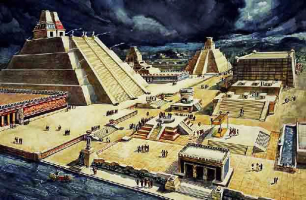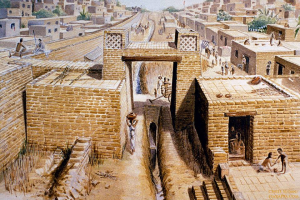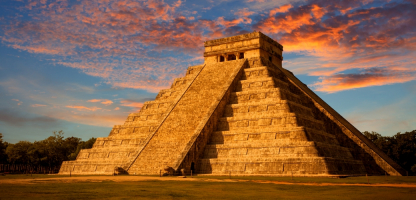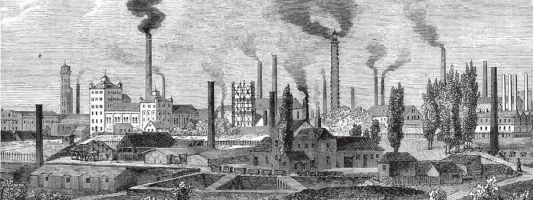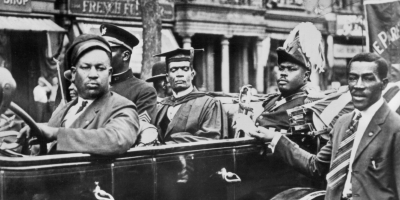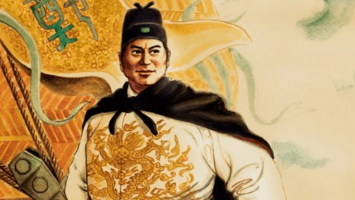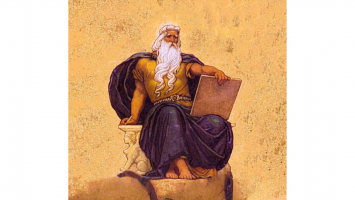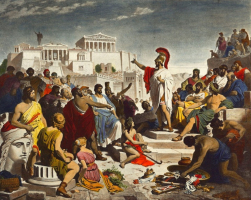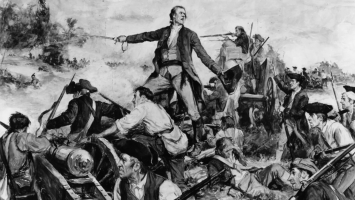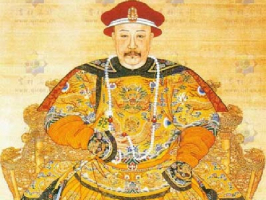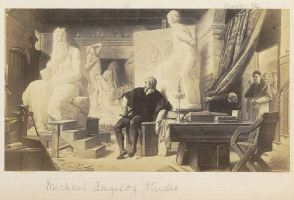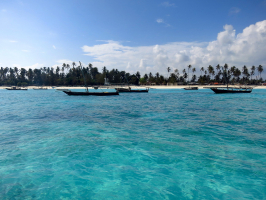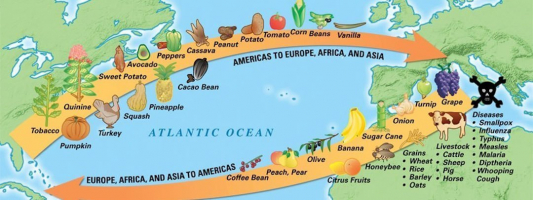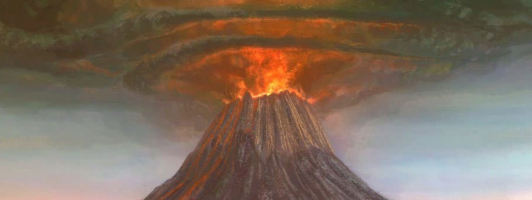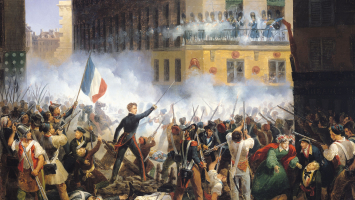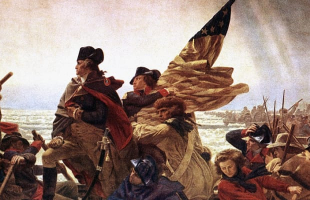Top 10 Interesting Facts About The Incas And Their Empire
In Quechua, the Inca Empire's principal language, the title Inka signifies "ruler" or "lord." It was originally intended to refer to the empire's governing ... read more...class, but when the Spanish seized the region in the middle of the 16th century, they began to use it to refer to all the empire's inhabitants. Today, let's follow Toplist to discover some interesting facts about the Incas and their empire.
-
We don't know when Inca culture first emerged, although most academics believe it was about the 13th century. There's even a fascinating tale and origin story. Manco Capac and Mama Ocllo, the first Incas, were transported to earth by the god Inti (the Sun god) and emerged together from the sacred waters of Lake Titicaca, near Isla del Sol (The Sun Island).
However, scientists believe the Inca Empire began to establish around 1400 CE, based on rigorous carbon dating at several Inca towns. When we talk about the Inca Empire, we're referring to the period when the Incas evolved from one of the many dominating cultures in the Andes at the time to a conquering power that spanned modern-day Argentina and Colombia.
Their reign as a dominant force was then unexpectedly ended. The first was the arrival of an unseen foe: smallpox. Huayna Capac, the eleventh Inca, most likely died of smallpox after succumbing to an unknown sickness in 1528. His death caused a civil war between his sons Atahualpa and Huáscar, weakening the empire's defenses, as well as a novel disease that swept the populace. These two elements ultimately paved the path for the Spanish to capture the Incas in 1532. Then, The Inca Empire only lasted for about one century, this is one of the interesting facts about the Incas and their empire because they have left behind huge historical sites.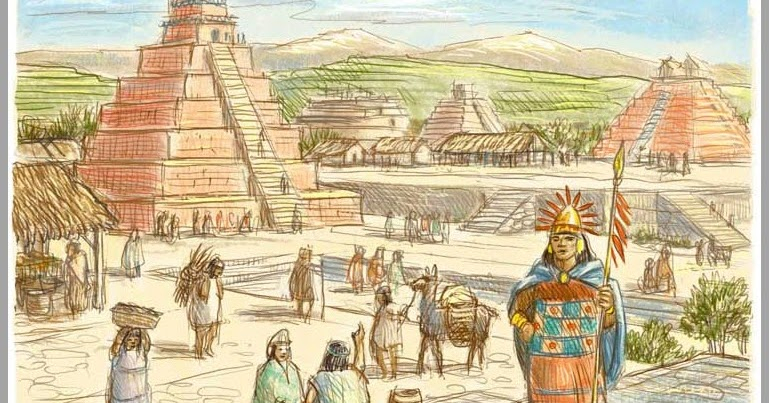
Photo: stravaganzastravaganza 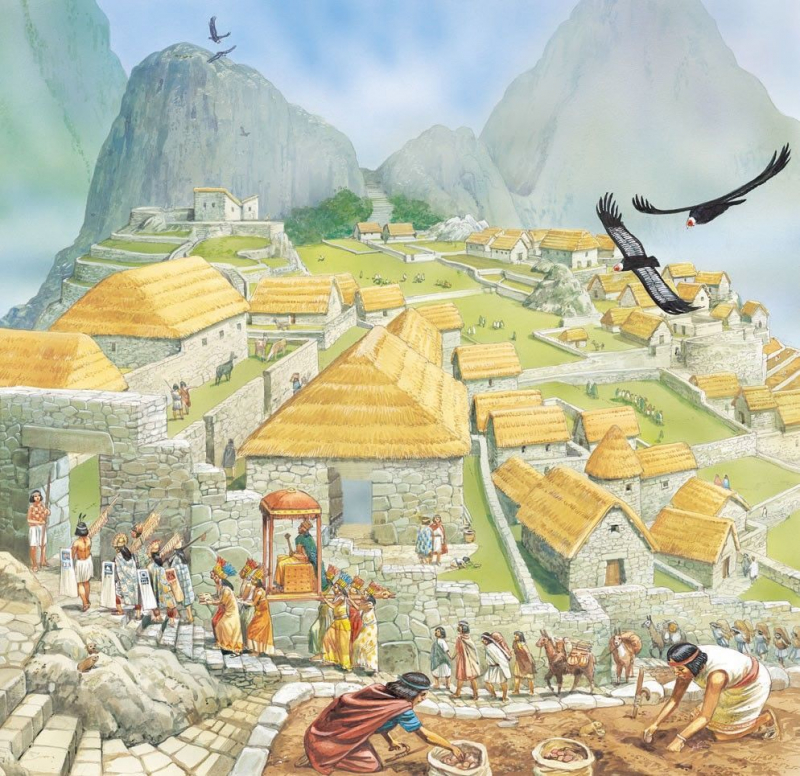
Photo: pinterest -
Quechua is largely a spoken language and has always been. Scholars and linguists have been actively developing a written Quechua language since the Spanish conquest in the early-mid 16th century. They employed the Roman alphabet, but most modern spellings of Quechua terms are still debatable.
So, how did the Incas disseminate such massive volumes of data (quantitative and qualitative) over such a vast empire? One of the interesting facts about the Incas and their empire is they didn't have a written alphabet, instead, they utilized a contraption known as a khipu (or quipu in different spellings) that was extremely distinctive and complicated. Various societies in Andean South America used the interesting old Inca writing device of quipu. The Incas employed a quipu, which is constructed of knotted strings, to collect data and retain records. They were accustomed to determining who owned what and preserving information about dates and plans.
No one has been able to make these knots talk after a century of research. Recent advancements, however, have begun to unravel the Andes' tangled riddle, revealing the first clues of phonetic symbolism within the threads. Two anthropologists are now on the verge of discovering the Inca counterpart of the Rosetta Stone. This could be the key to unlocking the code and revolutionizing our understanding of a civilization whose history has so far been told solely through the perspective of the Europeans who attempted to destroy it.
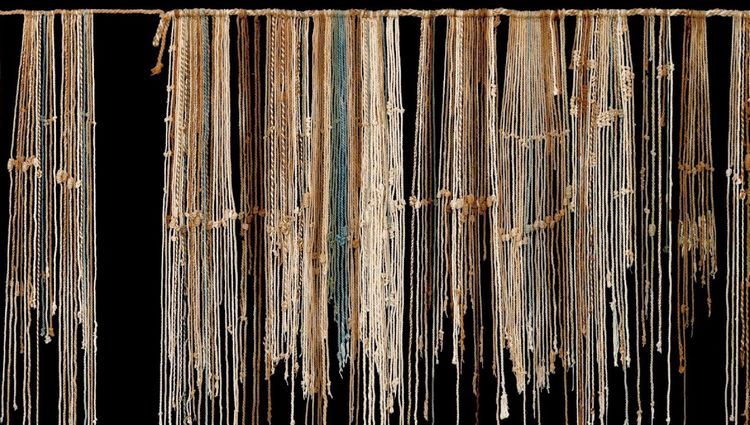
Photo: kuodatravel 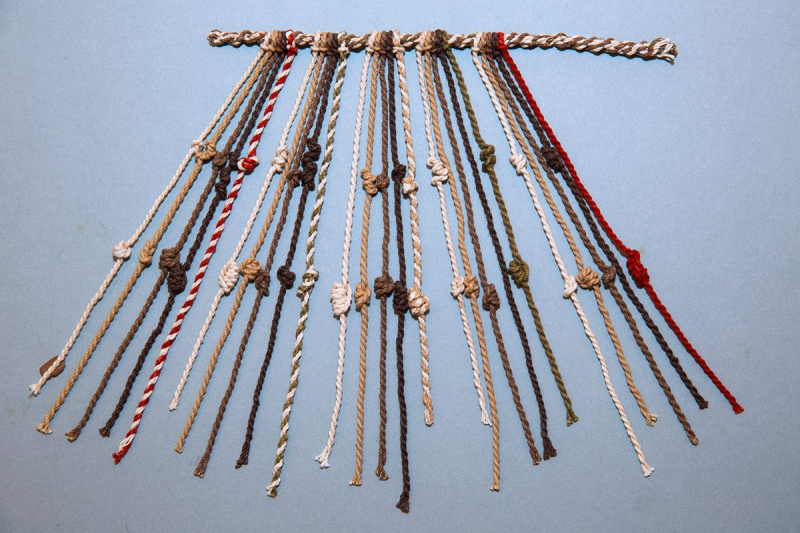
Photo: atlasobscura -
The Incas, like other societies in the Americas before European colonialism, held their domesticated animals in great regard. Llamas and alpacas were mostly used as pack animals, but they also provided plenty of wool and leather. Ducks and guinea pigs were primarily bred as a food source, although they were mainly bred as a food source but were never the primary food source.
In fact, the empire might not have gone as far as it did if it hadn't been for llamas. The success of domesticating this small American camel was supposed to have played a significant role in the development of their civilization. Llamas were essential for transporting big loads of highly prized commodities such as fish from the jungle at lower elevations and potatoes, quinoa, and other highly nourishing agricultural crops grown at higher altitudes. Simply put, the llama was their principal mode of import and export.
The mountain people's capacity to grow and train hundreds of thousands of llamas that could and would carry useful burdens allowed them to complete engineering and agricultural projects considerably more extensive than they could have done if they had to rely solely on human burden-bearers.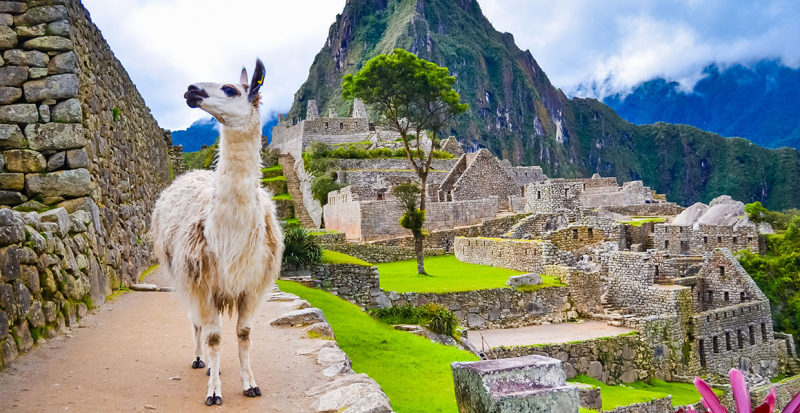
Photo: nhm.ac.uk 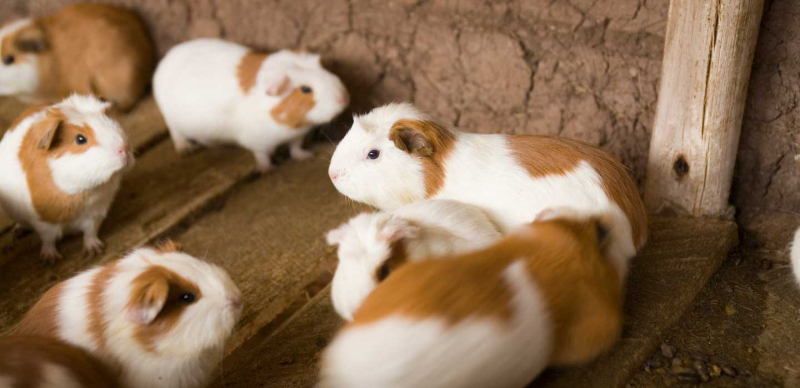
Photo: ifad.org -
The Inca Empire ruled over four climate zones, resulting in a wide range of agricultural products. The Incas established a massive farming machinery in which conquered peoples' crops and animals were taken, and the people were forced to work on state-owned farms on a regular basis.
The Incas had an easy time adopting a vegan lifestyle. Their main source of animal protein was the guinea pig, or cuy in Quechua. Cuy meat was saved for rare occasions, even back then. This is still mirrored in modern-day Peruvian culture, since most Peruvians only eat guinea pig on special occasions, such as family gatherings and national festivals.
Despite the scarcity of meat protein, the Incas cultivated and gathered a diverse array of wonderful plants that we now refer to as superfoods. Potatoes were a common staple, and they could be dried or freeze-dried into chuno. Quinoa and canihua were major grains, as were the tuber's oca, mashua, and maca. Grains were pounded between stone mortars or with a pestle to prepare them. Herbs and spices, particularly chili peppers, were used to add additional flavors. The mildly alcoholic chicha, a fermented beer-like drink made by grinding maize or other plants and letting the pulp ferment for many days, was the most popular drink.
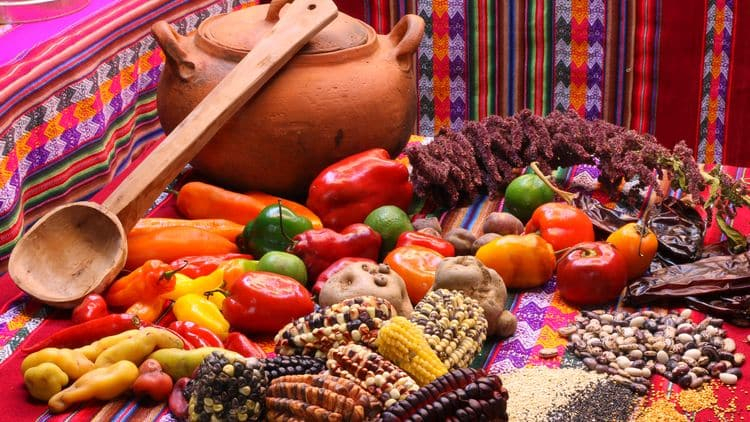
Photo: kuodatravel 
Photo: chefgourmetllc -
Certain components of Inca culture and civilization, such as ayni, are still very much perpetuated and interwoven into modern-day Andean life. "Today for you, tomorrow for me," Ayni is a lovely Quechua phrase that means "today for you, tomorrow for me." This word encapsulates the idea that we all live in an interconnected society and that everyone has to give before they can get.
The Andean have lived in an interdependent society for generations. Each member must respect the other. Work, as well as recreation and prayer, are all shared activities. They think that we are all intertwined, both with each other and with nature. And it's all about striking the right balance. Sun/moon, male/female, and so on. As a result, if personal needs are matched with community needs, the community is balanced. Everything will be OK in the world if our needs are balanced with those of nature.
The concept of ayni was most evident under the Inca Empire in ceremonies such as pagos a Tierra, in which shamans and witnesses returned different tangible and worldly items to Pachamama (Mother Earth). This was done to respect and thank Pachamama for providing such a bountiful harvest. Pagos a la Tierra is still practiced in Andean rural communities today.Is Ayni still with us? We believe it will always be, provided we trust and keep the balance. It can be found in Peruvian restaurants, residences, cities, and villages. Not mentioned, yet present in deed and action. As a result, this excursion is about more than just observing the balance; it's about seeing and being a part of this Ayni in action. It takes a long time to comprehend that we can transcend beyond ourselves.
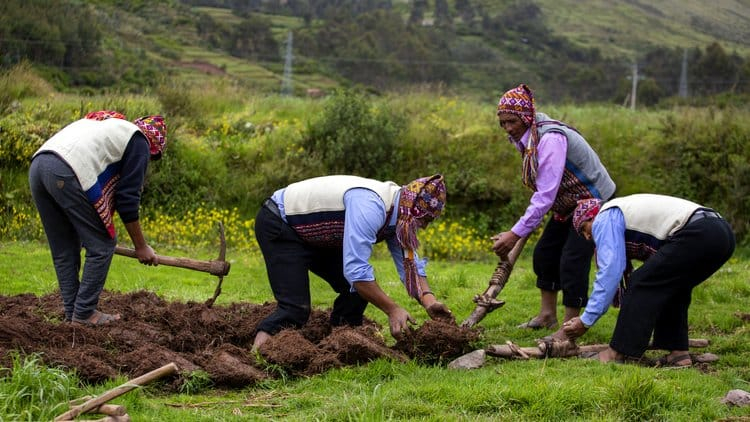
Photo: kuodatravel 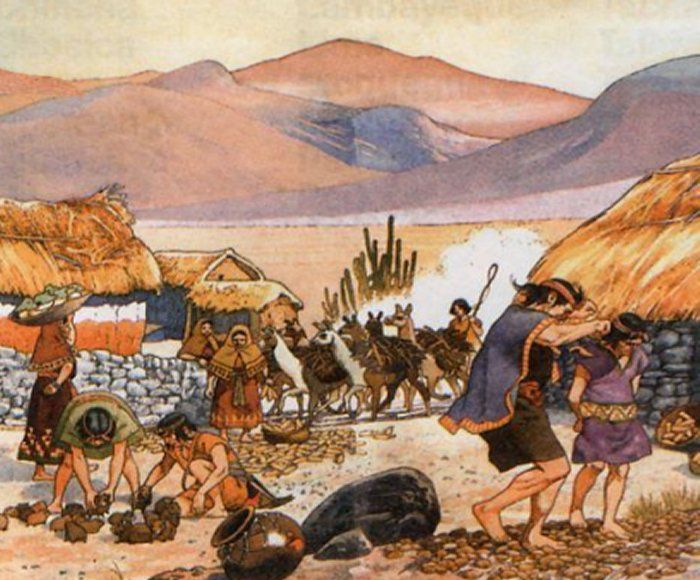
Photo: pinterest -
One of the interesting facts about the Incas and their empire is they were able to keep their family out of starvation because of the concepts of reciprocity and re-distribution of food throughout ancient communities; they also developed excellent means to dry their food, such as grains, vegetables, and even meat, to store them for longer periods of time.
In addition to the Incas' extensive and advanced farming system and food preservation techniques, the Incas' shared notion of ayni ensured that no one went hungry. Much of this system predates the Inca Empire, as Indians in the Andes have been using inventive agricultural practices including vertical terraces designed for polyculture for over 8,000 years.
In essence, the Incas gathered this wealth of agricultural expertise from the peoples they subjugated and ensured that everyone was taken care of equally. Refrigeration in round constructions known as qollcas was one such technique used by the Incas. "Qolqas" were mud and stone structures with thick walls and straw roofs, efficient buildings designed to keep cool temperatures to store food for years, such as grains, vegetables, and meat (Alpaca and Llama). Note that the qolcas were built with volcanic stones, which causes a natural process known as evapotranspiration, which keeps these structures dry.
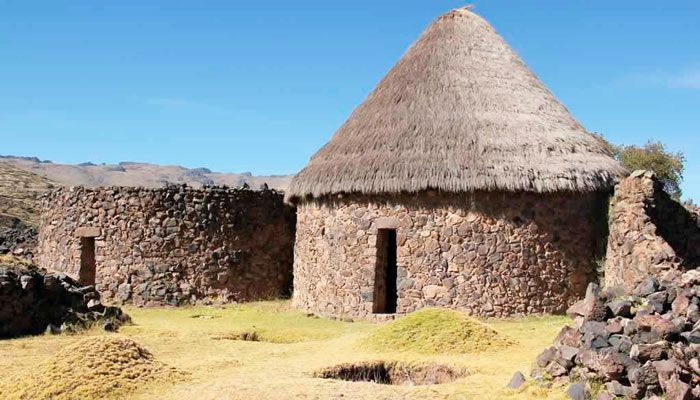
Photo:freewalkingtoursperu 
Photo:freewalkingtoursperu -
The Inca civilization thrived in one of the world's most challenging environments. Because of the harsh and unpredictable environment, the Inca religion emphasized ceremonies to gain the favor of the gods, who were typically connected with natural forces like the sun, water, and thunder.
The Inca emperor was regarded as divine and served as the state's religious leader. The High Priest of the Sun, Willaq Umu ("priest who recounts"), stood next to him. Pachacuti, the Inca emperor, made Inti, the Sun God, the most significant Inca god, and declared that the Sapa Inca was Inti's son. Other significant Inca gods include Viracocha, who was credited with creating everything, including the sun, moon, and stars, as well as the earth and humans; and Illapa, the thunder god, who was tasked with providing rain at vital periods in the agricultural cycle.
The Inca made a variety of offerings to their gods in order to establish and preserve ties with them. Prayers, food, coca leaves, weaved linen, and animals were among them. The Incas sacrificed captive troops and even infants on rare instances, such as during natural calamities and conflicts.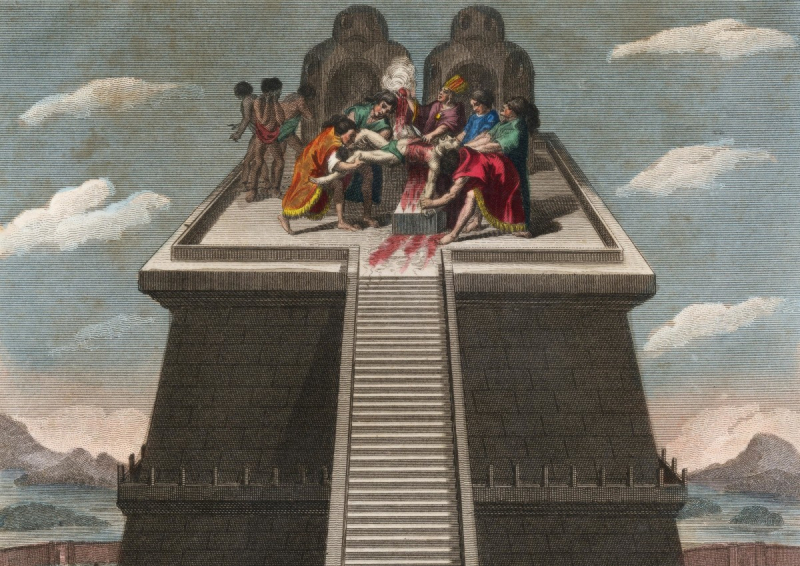
Photo: history 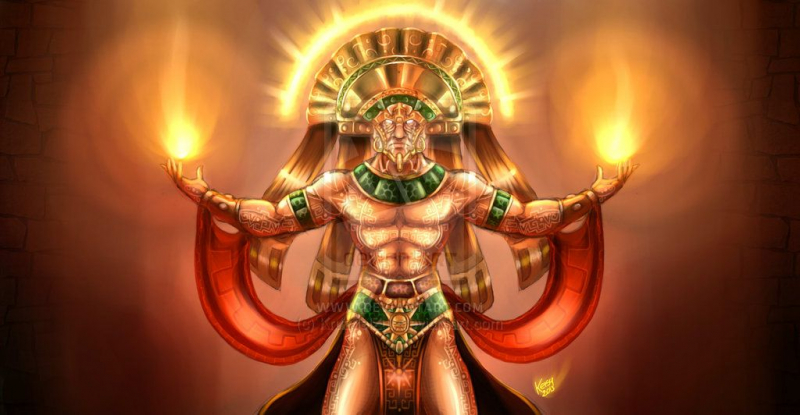
Photo: pinterest -
Aside from the Inca Civil War and sickness, the capture of their emperor and the superior weapons of the Spanish were also major factors in the Inca Empire's defeat. Due to the region's significant cultural gap, the Spanish collaborated with numerous tribes, who provided the majority of the forces in their campaigns against the Inca. Following the advent of the Spanish, the Inca Empire's population began to quickly drop. More than 90% of the people in the region are said to have died, largely from European diseases.
The people and their traditions were oppressed by the Spanish authorities, and most aspects of Inca culture were systematically destroyed. Cities were pillaged. Gold artifacts and constructions were melted down, refined, and turned into bars. Despite this, many people in the Andean highlands are descended from tribes that once belonged to the Inca Empire. Several features of their culture have managed to withstand the test of time. Quechua, the Inca Empire's principal language, is still spoken by over 8 million people and was recognized as one of Peru's official languages in 1975.
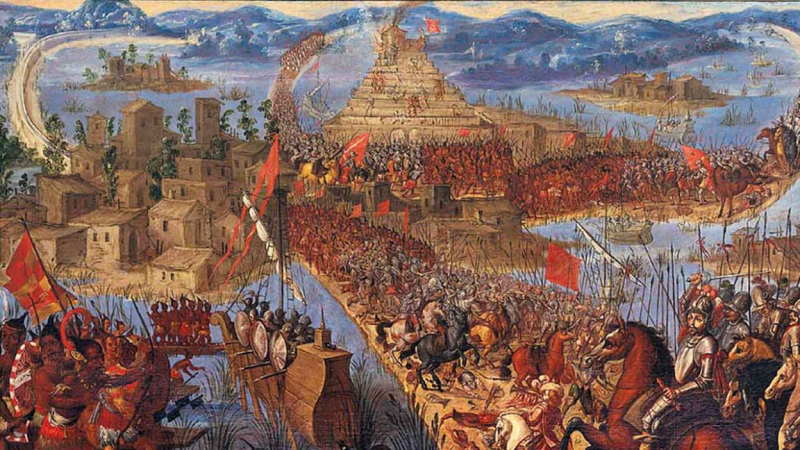
Photo: the-tls.co.uk 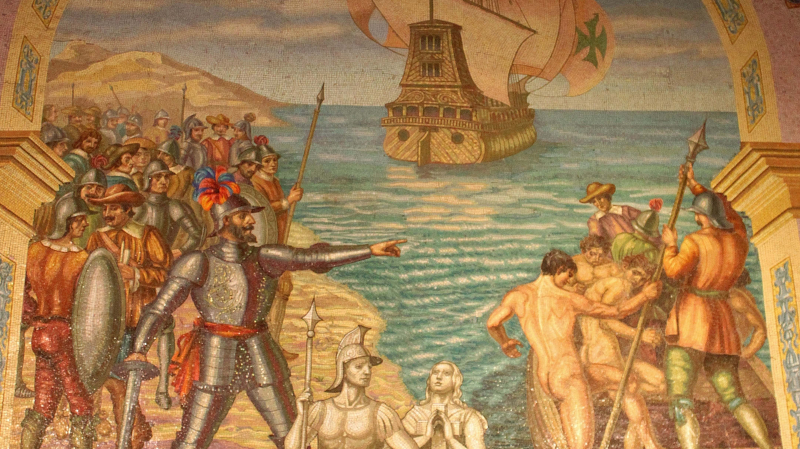
Photo: historyextra -
Cuzco, a tiny city state formed by the Incas during the 12th century AD, later became the Inca Empire's capital. The city was built in the shape of a puma, an Inca holy animal. Cuzco was separated into two sections: hanan (upper) and hurin (below) (lower). The two groups' relationship was complicated, and there were moments when they clashed.
The Hurin dynasty was created by Manco Capac. The Hurin dynasty's rule was limited to the Kingdom of Cuzco. Cápac Yupanqui was the Hurin dynasty's fifth and final ruler. The hanan division revolted against the hurin group after his death. They assassinated Quispe Yupanqui, Capac Yupanqui's son and apparent heir, and instead delivered the kingdom to Inca Roca. Capac Yupanqui's son, Inca Roca, was born to a different wife than Capac Yupanqui. He became the Hanan dynasty's first emperor. Before the Spanish conquest in the 16th century, Atahualpa, the eighth emperor of the Hanan dynasty and the 13th Inca monarch, was the last sovereign ruler of the Inca Empire.
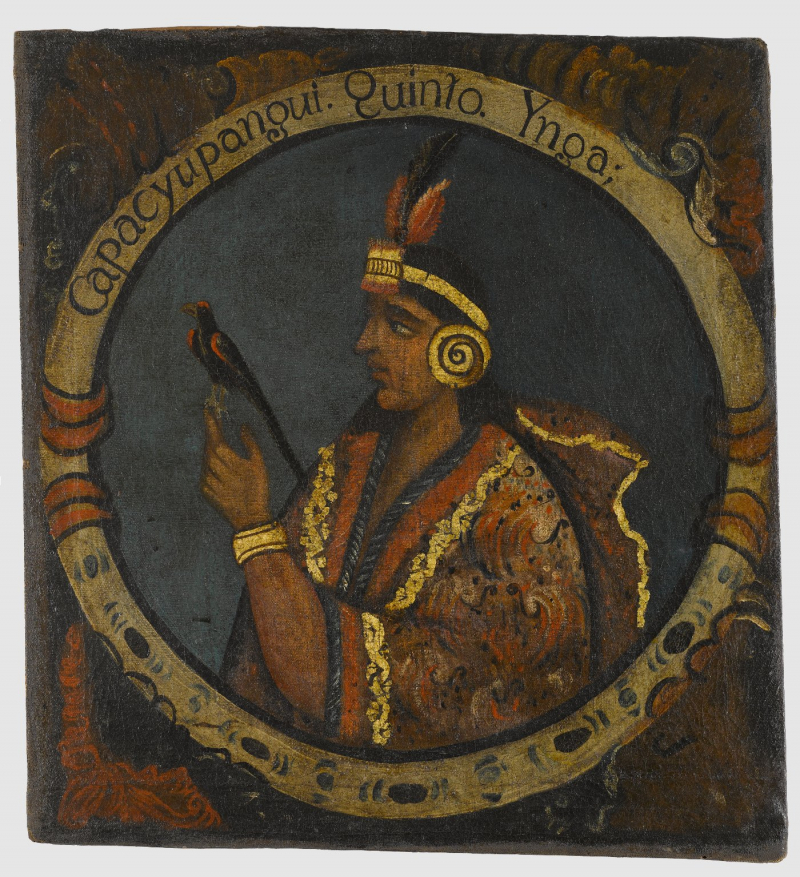
Photo: wikipedia 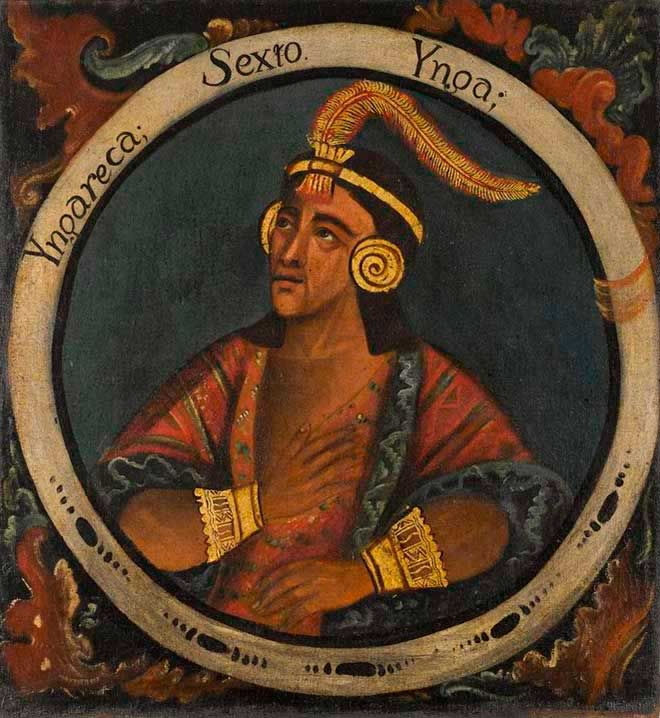
Photo: pinterest -
There are various legends about the Inca's origins. In a few of these legends, Manco Cápac ("the royal founder"), also known as Manco Inca and Ayar Manco, appears. He is thought to be the son of either Viracocha, the Inca's great creator deity, or Inti, the Sun God and patron deity.
Ayar Manco and his siblings were dispatched by Inti to find a spot to start a society, according to one of the genesis stories. They were given a mystical staff made of the finest gold, and they were to build a new city wherever the staff sank into the ground. At Cuzco, in modern-day southeastern Peru, near the Urubamba Valley of the Andes mountain range, the staff fell into the ground. As a result, Ayar Manco chose Cuzco as the site for the Inca civilisation, and he has been known as Manco Capac ever since. Manco Capac most likely existed, despite the lack of sufficient evidence to support his existence. Several historians regard him as the first governor and founder of the Inca Civilization.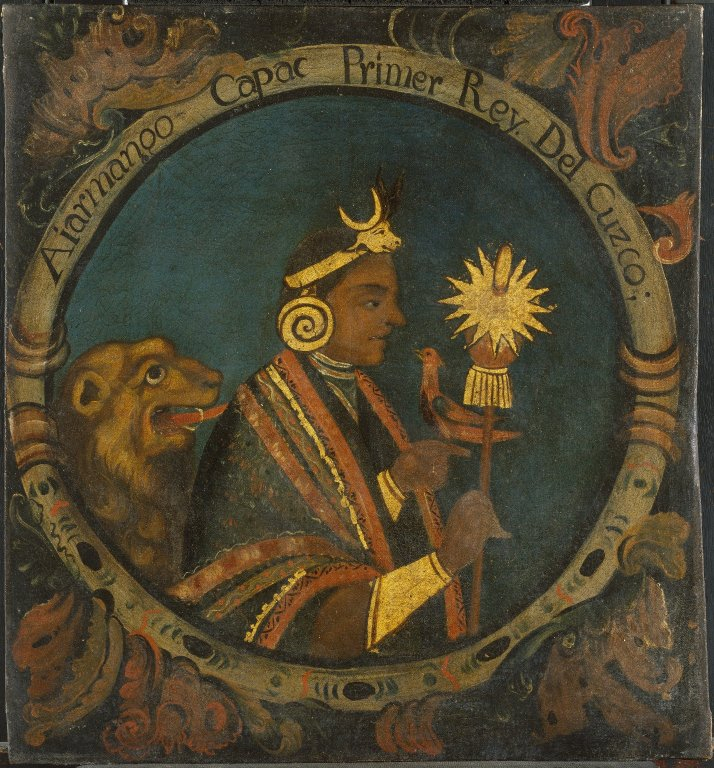
Photo: wikipedia 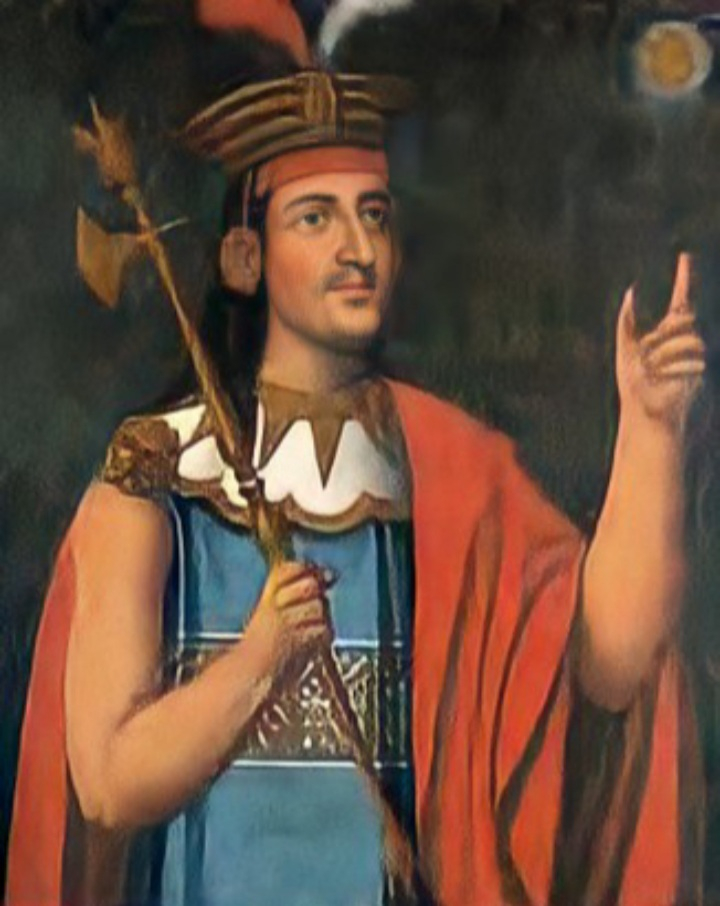
Photo: wikipedia












